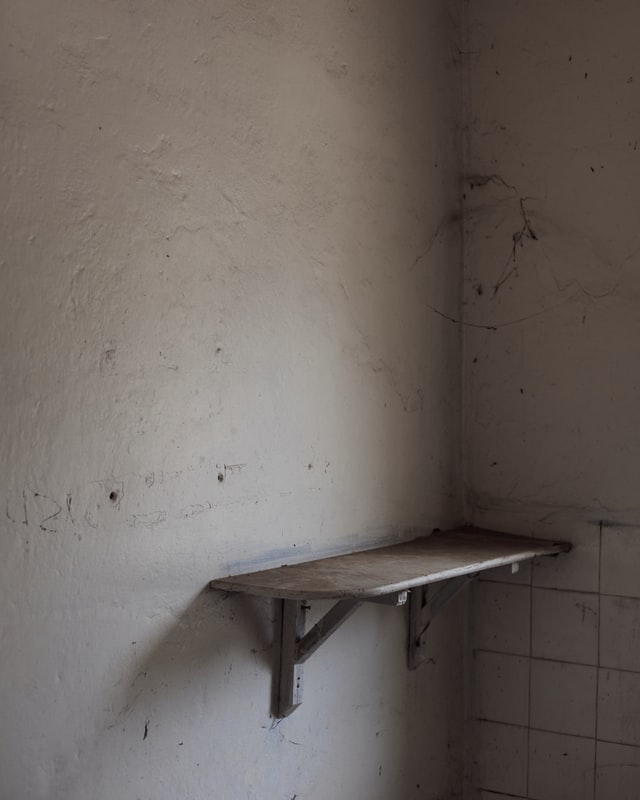
Green kitchens have gained quite a lot of interest lately, with everything from bold emerald and soothing sage for the walls to furniture and décor items. And since we’ve come to realise the importance of nature, it’s no wonder that homeowners are looking to bring greenery into their homes, especially in their kitchens.
This is undoubtedly a place close to anyone’s heart. The space gathers the family to enjoy a delicious meal cooked with passion or share a laugh while having guests over. Indoor nature boosts the mood and makes the room feel cosier, a truth hard to deny. But if you want to bring it indoors for good, some paint can’t do it 100% effectively. Have you considered embracing a different kind of green now that sustainable practices and environmental stewardship are widely supported and admired?
Waste is a consequence of the time spent in the kitchen, but by adopting more eco-friendly practices, you can have that popular, famous, beloved green kitchen. Here are some tips to save Mother Earth by making environmentally conscious choices in the cooking room.
Photo source: www.unsplash.com/photos/C5D1HfhzxRk
Choose high-quality, sustainable materials
The kitchen gets the most foot traffic in most homes. From prepping lunch to hosting dinner parties, it’s the one room that everyone uses daily. Therefore, the furniture here is highly used and prone to wear and tear, and taking care of it is challenging when you practise multi-tasking. Steam, leaks, condensation—everything causes the furniture to deteriorate, and changing it often isn’t a solution for your budget or the environment. However, you shouldn’t spend time with your family in a kitchen where, let’s say, there’s mould that you didn’t even notice, because once it exists, it spreads very quickly. So, what do you do to make everything as sustainable as possible?
Buy quality furniture that you’re not going to change too soon because it allows you to carry out your routine without stressing that the material will swell, crack, or deteriorate. When you’re ready to get rid of your used kitchen units, look at Kitchen Warehouse LTD to make sure you’re buying quality products from a reputable company. And if your furniture is still in good shape but could use some improvements, you can replace the doors that present issues or deterioration.
Practise sustainable cooking
Sustainable cooking can take many forms. However, one thing’s for sure: you’ll thank yourself for it as its benefits are incontestable. This trend focuses on choosing healthy options, reducing food waste, and cooking with nutritious and affordable foods. The first step here is to plan the meals you’re going to prepare, as this enables you to buy only what you need and not crave other unnecessary products.
Additionally, you should reuse items. Everything can be repurposed, from containers, bottles, and tubs to takeaway containers, yoghurt pots, and jars. That way, you’ll have many storage alternatives when cooking in bulk!
Other tips for sustainable cooking are:
- Avoiding “superfood” trends and using excessive amounts of some ingredients like avocados
- Using all the parts of foods, like apple peel and mushrooms and broccoli stalks
- Supporting local food shops and using locally sourced ingredients
- Keeping a large flask near the kettle to save extra boiled water
- Cooking in bulk, saving time and using less fuel.
Use natural or organic cleaning products
Creating an eco-friendly kitchen isn’t just about choosing reusable materials and reducing water and food waste. You can ensure your kitchen is sustainable by using natural and/or organic cleaning products.
Did you know that some synthetic chemicals in conventional cleaning products can negatively impact indoor air quality, posing health risks, especially if you have respiratory sensitivities? Chlorine, phthalates, quats, and butoxyethanol are some examples.
Here are some DIY homemade mixes that make good cleaners and keep your wallet happy:
- All-purpose cleaner. Combine one part water and one part vinegar with lemon rind and rosemary springs, mix them into a spray bottle, shake it, and let it rest for a week. Then you can use it to remove hard water stains, wipe away wall smudges, clean trash cans, and much more. Note: don’t use acidic cleaners on granite and be careful using vinegar on some surfaces.
- Glass cleaner. All you need is water, vinegar, and rubbing alcohol with 70% concentration. Hint: avoid cleaning windows in direct sunlight or on a hot day, because the solution dries too fast, leaving streaks.
- Grease cleaner. Mixing sudsy ammonia with 1 gallon of water helps remove tough grime from metal surfaces. Caution: ammonia on aluminium can darken it and cause pitting.
Get energy-efficient appliances
The kitchen is often the centre of the home, where you find both wet and cold appliances. It shouldn’t come as a surprise that it consumes so much energy – around 4% of your energy bill goes to kitchen appliances. Amid global economic uncertainty, everyone’s looking for long-term solutions to cut their bills, which can be quite beneficial – you can plan a more expensive vacation or put money aside. Either way, energy-efficient appliances that generate less power are a blessing.
By using environmentally-conscious equipment like cooking stoves, refrigerators, dishwashers, and ovens, you’ll make a significant change in your home and take a step toward the much-encouraged sustainable lifestyle.
Before opting between a gas and an electric range, weigh the benefits and drawbacks of each choice, and choose the appliance you plan on sticking with for a long time.
Go with reusable materials
To create an eco-friendlier kitchen, make greater use of its items. Reusable kitchen towels and grocery bags are safe and environmentally-conscious options. The latter keeps your cooking area organised by avoiding a paper or plastic bag pile-up in the drawers.
The line of reusable thinking in this room may also be applied to the design. Here are some sound suggestions if you’re looking to give your kitchen a makeover with sustainability in mind:
- Natural materials like bamboo
- Sustainably-sourced countertops
- Reclaimed wood.
Creating an eco-friendly kitchen for sustainable living is easy and very rewarding. Health comes in more forms than what is served on the plate, and adapting to mindful consumption habits and not using products manufactured with materials that don’t encourage sustainability are among them.







